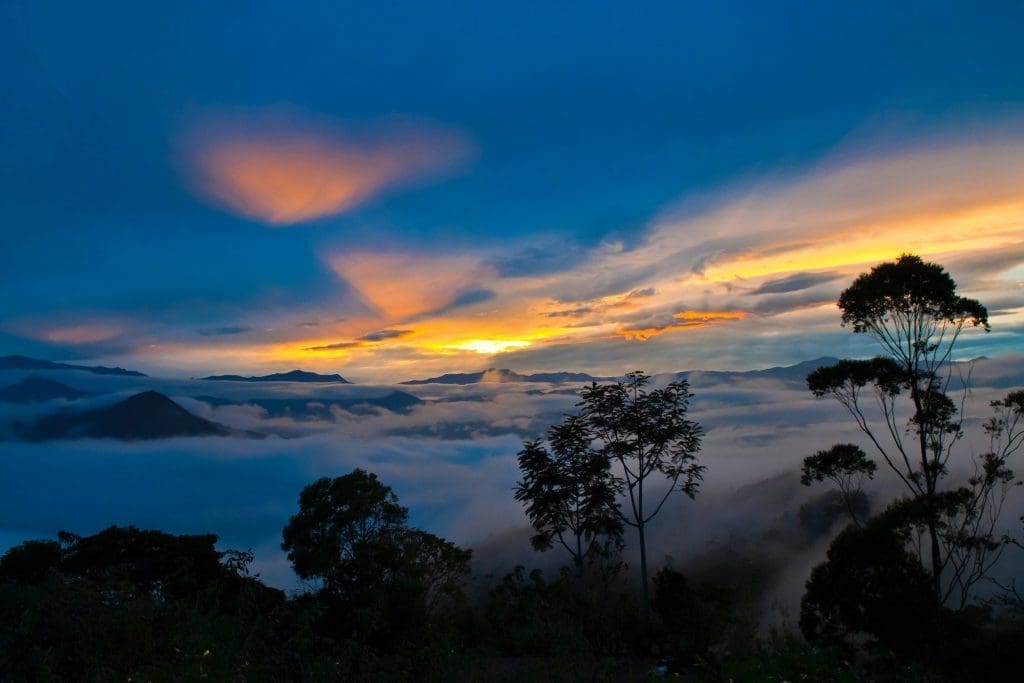We’re so used to digital image manipulation that nobody believes you can create a colorful landscape photo directly in the camera. Yes, you don’t have to replace the sky, enhance the foliage, and improve colors. You don’t need filters and special effects. The magic happens in the camera. Achieving a bright and beautiful landscape photo without using Photoshop is possible.
Choose the best time of the day
Landscape photography implies a good dose of adventure and technical skills. You have to work with natural light and endure the mercy of the weather. You don’t always have the chance to choose the best time of the day for shooting. Nevertheless, if you afford to choose, take photos in warm light, meaning sunrise and morning and late afternoon and sunset.
The warm, golden light improves color saturation and contrast. Also, during the morning and late afternoon, the sun is lower and its direction flatters the scenery. This reduces reflections and enhances details. At noon, when the light is perpendicular, the landscape seems flat and dull and the colors are harsh and burnt.
Photo by David Marcu on Unsplash
Use a polarizing filter
The polarizing filter reduces reflections and glares. It also improves contrast and can bring to life a pale blue midday sky. The polarizing filter is useful in bright sunny days, at midday when the light is almost white, and when you photograph large areas of water and don’t want reflections. You’ll see that using a polarizing filter increases the saturation and contrast. In addition, it darkens the scenery and allows you to use lower shutter speeds.
Use ND filters
Neutral density filters affect the amount of light that reaches the lens. Filters have different strengths and can be graduated or plain. In landscape photography, ND filters are used to balance the exposure between parts of the scenery with different lighting. The most frequent use of ND filters is to darken the sky and avoid overexpose it. They are also used for creating long exposure effects, sun reflections in the water, snow landscapes, and sunrise and sunset pictures.
Choose carefully the exposure area
If you shoot in Auto mode and allow the camera to decide shutter speed and aperture, be careful which area you choose to be in focus. Landscapes are vast sceneries and it’s easy to have a wide dynamic range. If your camera focuses on the bright area, the darker areas will be underexposed. If your camera focuses on the dark area, the brighter areas will be overexposed. You can try both ways and see which one is better for your composition. Usually, you want to have the subject sharp and clear, but each picture is unique so experience as much as you can and share your colorful landscape photos with us on our Facebook group.
Photo by Luca Bravo on Unsplash
Good landscape pictures depend on the photographer’s patience to wait for the perfect moment. Instead of applying a digital filter, observe the seasons, get to know the landscape, and try different perspectives and compositions. The secret to a good photo is in the photographer’s engagement with the subject. Love the landscape you photograph and you’ll see your love in the pictures.
Cover photo by Jaime Serrano on Unsplash
For other landscape inspiration check here.

